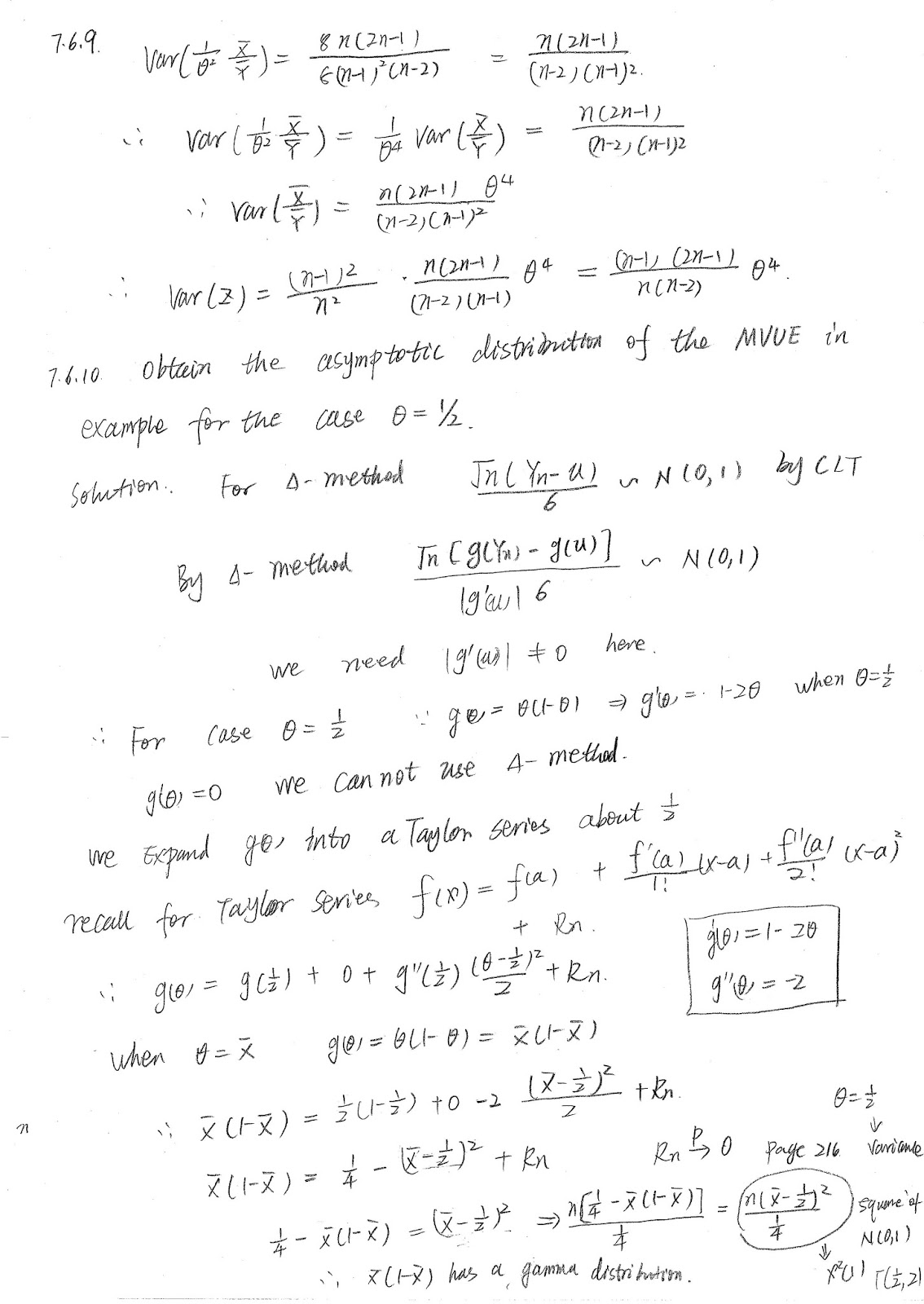Every time I think I know what's going on, suddenly there's another layer of complications.
2015年9月27日星期日
2015年9月25日星期五
One roll of a pair of dice
Suppose a researcher rolls a pair of dice once and assumes a null hypothesis that the dice are fair, not loaded or weighted toward any specific number/roll/result; uniform. The test statistic is "the sum of the rolled numbers" and is one-tailed. The researcher rolls the dice and observes that both dice show 6, yielding a test statistic of 12. The p-value of this outcome is 1/36 (because under the assumption of the null hypothesis, the test statistic is uniformly distributed) or about 0.028 (the highest test statistic out of 6×6 = 36 possible outcomes). If the researcher assumed a significance level of 0.05, this result would be deemed significant and the hypothesis that the dice are fair would be rejected.
In this case, a single roll provides a very weak basis (that is, insufficient data) to draw a meaningful conclusion about the dice. This illustrates the danger with blindly applying p-value without considering the experiment design.
2015年9月1日星期二
订阅:
评论 (Atom)





























